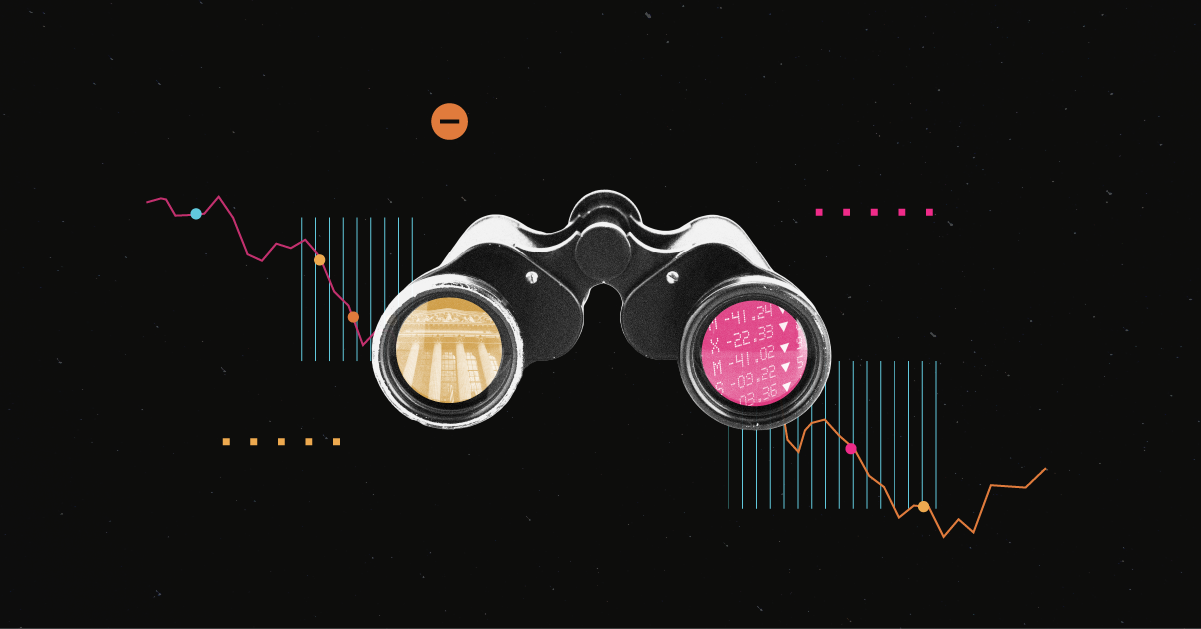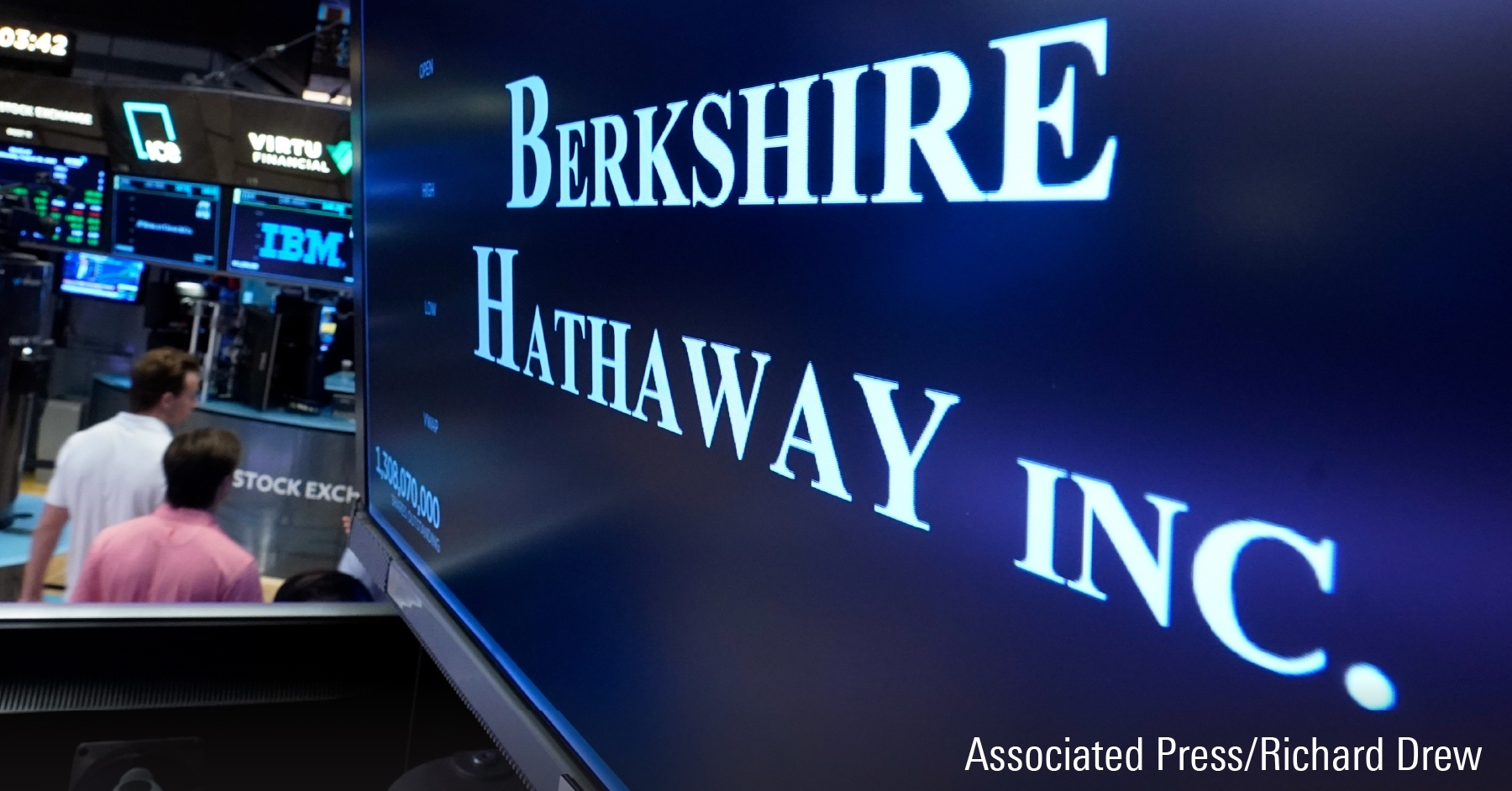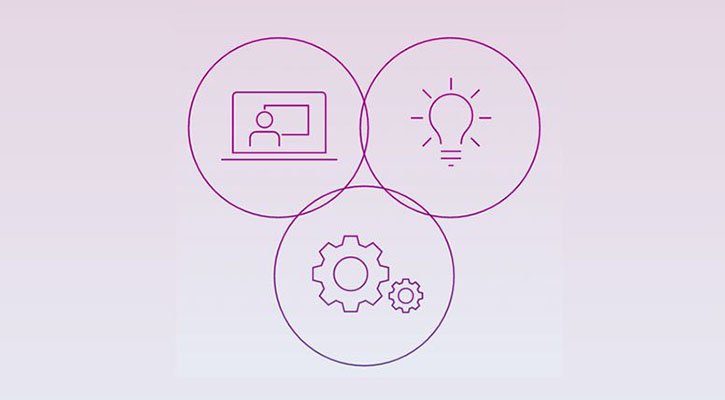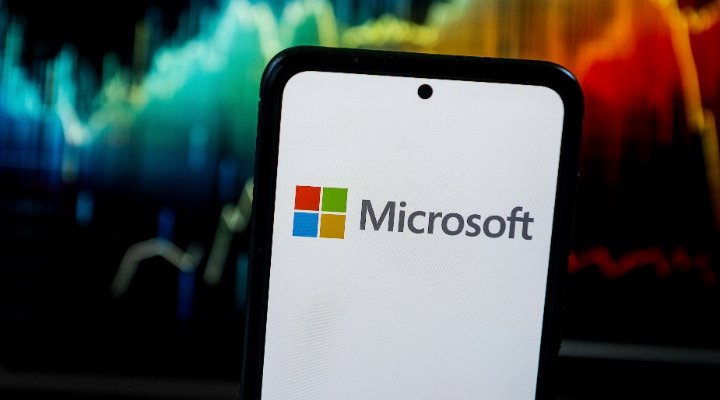Holly Black: Welcome to Morningstar. I'm Holly Black, with me is Alex Morozov, he's equity analyst at Morningstar. Hello.
Alex Morozov: Hello Holly.
Black: So I don't think I envy your job at the moment. Stock markets are flailing wildly all over the place. Some are at record lows that we haven't seen for years or even decades. And your job is to kind of make sense of all of that. So what are you seeing?
Morozov: We're certainly living in interesting times Holly, I wouldn't say that we're living in unprecedented times. Although this time around the panic around Covid-19 is definitely unique. But having lived through the 2008-2009 cycle I was an equity analyst back then too. This is not necessarily the first time you've seen this kind of whipsawing of the market. Some of my colleagues who are little bit younger, have not experienced that kind turbulence. So for them, this is definitely – this is definitely interesting. So I think if you look at just general stages of a bear market, the way we look at them at Morningstar, you see things initially you see the recognition, then panic and finally some sort of stabilization and then anticipation. We're definitely right now sitting firmly in a panic stage considering every day we see the markets lose 5% to 10% of their value.
Black: I suppose when things are falling rapidly, there is a temptation to think that everything suddenly looks very cheap and everything is a buying opportunity. I guess this is a time when people have to consider that there is more to investing than just picking something that's got a cheap price.
Morozov: Well, at Morningstar, we look at discounted cash flow approach to value companies. So the value of a business is the present value of a its future of cash flows – future cash flows looking at 10, 15, 20 years in the future. Those cash flows will include good quarters, bad quarters, periods of recession, periods of economic expansion. So we look at them and we say, well, this business could potentially (worth materially) above what the market is willing to pay for it. The issue though, is the business could be worth much more in a mid cycle, but the company might not make it to that mid cycle, it might go bankrupt, or suffer significantly from any kind of period of protracted economic slowdown. So we want to make sure that we don't ignore the obvious risks of the present economic activity haul, the short term liquidity crunch or bankruptcy risk. So for example, we closely scrutinise all of our companies where we say that they have a long term competitive advantage to just make sure that they don't go bankrupt before they realize that long term competitive advantage.
Black: And there will be some things that have become cheap and are a buying opportunity. Have you seen any stocks that you still rate highly, is what you would call their fair value?
Morozov: I think that the great way to identify, at Morningstar we can make it very easy for any investor. Great way to identify some of those mispriced opportunities, just simply look at the couple of screens that our analysts already do. You look at the companies with wide economic moat. So think of the companies that have probably some of the best competitive advantages in the world. Then you look at the companies that have low or medium uncertainty, that's Morningstar speak for a risk of a business. So if you really want to try to stay away from perhaps companies that are little bit more cyclical, they are little bit more volatile, perhaps low and medium uncertainty would be a good way to start. And finally, normally, those two screens would not necessarily yield you too many ideas. In the current market sell-off, we actually are seeing quite a few companies that in addition to being wide moat and lower medium uncertainty, also carry Morningstar’s Four or Five star rating, which, according to us is the biggest discount to our intrinsic value estimate.
So if you look at the companies that, for example, that right now screen really well and fall into this wide moat, low risk businesses. You see companies in there like Diageo, McDonald's, Roche. Those are some of the businesses that you don't really see a significant impact, a long term lasting impact from the current crisis, from the current downturn on their long term cash flow generation. So those are the businesses that are hardly going to feel the impact of that for a prolonged period of time. So these are the companies that we really want our readers, want our investors to look at. Because just based on our long term track record, those are the businesses, those are recommendation that tend to work out particularly well.
Black: Alex, thank you so much for your time. From Morningstar I'm Holly Black.
























